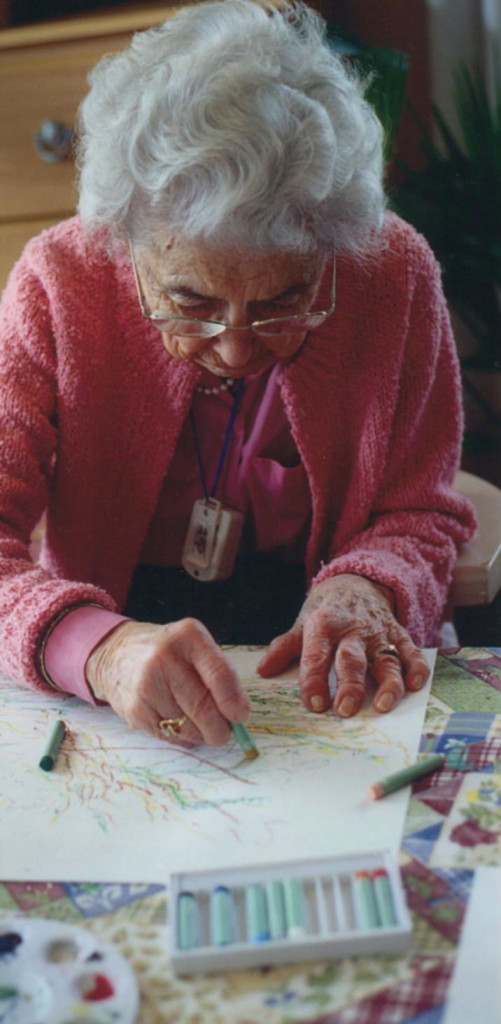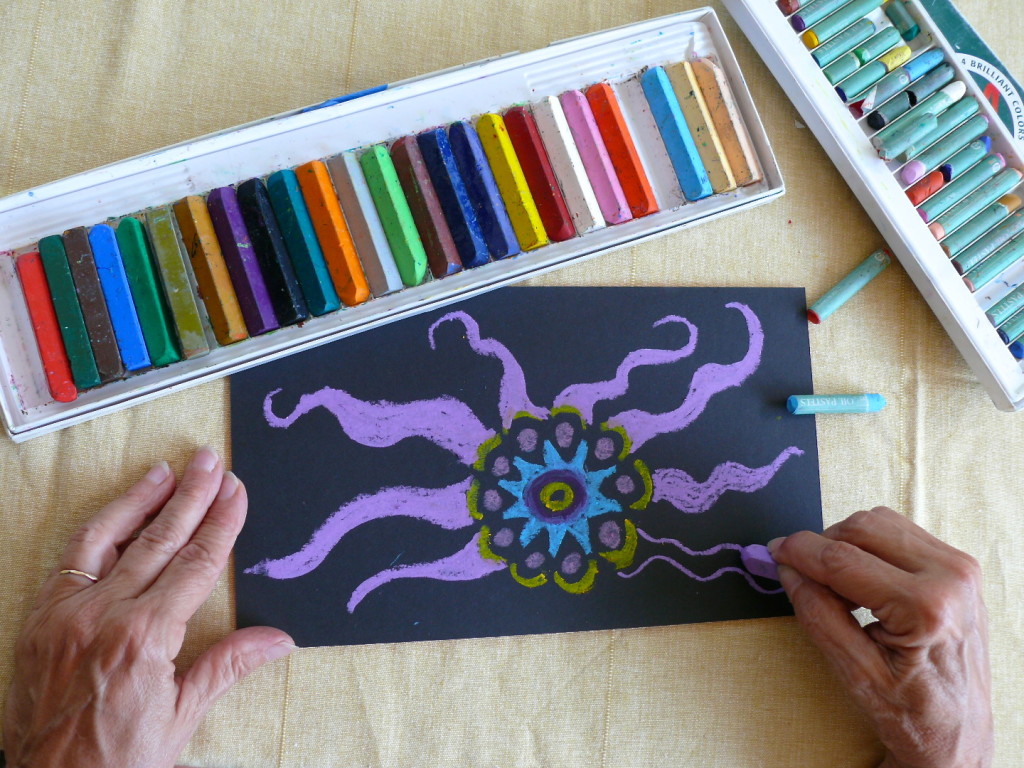What is Art Therapy?
 Art therapy is a vehicle for personal growth. Creating art and reflecting upon the process and product with an art therapist is often a deeply meaningful and authentic experience, which can gradually lead to a place of healing.
Art therapy is a vehicle for personal growth. Creating art and reflecting upon the process and product with an art therapist is often a deeply meaningful and authentic experience, which can gradually lead to a place of healing.
"I found I could say things with color and shapes that I couldn't say any other way - things I had no words for." -Georgia O'Keeffe
Art therapy is beneficial for people of all ages and abilities. Some of the ways art therapy can help include:
* Containing overwhelming emotions & reconciling emotional conflicts
* Increasing self-esteem and self-awareness
* Providing a sense of control/autonomy/productivity
* Reducing stress and building coping skills
* Easing symptoms of isolation and depression
* Promoting reality orientation
* Enhancing cognitive abilities
Art therapists are mental health professionals, educated in both psychotherapy and art, who utilize their knowledge of psychology, human development, clinical practice, and multicultural artistic traditions to elicit the healing potential of art.
To benefit from art therapy, it is not necessary to have prior art experience or artistic talent. Every person is inherently creative and art therapy is about tapping into that inner well of creativity to freely and spontaneously express oneself. There is no judgement or critique of what is created and, as always, the artist is the authority on what meaning the artwork holds. The art therapist acts as a guide, witnessing and supporting the creative process and gently helping the client gain understanding.
 At Opal & Sage, my approach is person-centered and strengths-based. One's unique interests, abilities, and needs are carefully considered as art media, themes, and techniques are introduced. Individual strengths are emphasized and drawn upon as we work together toward therapeutic goals.
At Opal & Sage, my approach is person-centered and strengths-based. One's unique interests, abilities, and needs are carefully considered as art media, themes, and techniques are introduced. Individual strengths are emphasized and drawn upon as we work together toward therapeutic goals.
I specialize in working with adults with cognitive and/or physical disabilities, and extra care is put into adapting the materials and approach as needed in order to provide a positive therapeutic experience. For example, a client who is unable to grasp and manipulate a paintbrush might make color choices and direct the art therapist as to how to paint the image he/she has in mind. High-contrast and tactile materials can be provided for clients with visual impairment. Tools such as table easels, lap-boards, magnifiers, and spring-loaded scissors can also be provided to accommodate special needs.
Group and individual sessions are typically 1 hour. Basic art materials are provided. Individual art therapy will most often begin with an art-based assessment process which helps determine the type of care needed. No two sessions are alike, but each visit usually follows a common rhythm, beginning with a verbal check-in and therapeutic discussion, moving into the active process of art-making, and concluding with an opportunity to discuss and think about the creation and the meaning it holds. This process often brings new information into awareness and opens up areas of understanding and growth.

